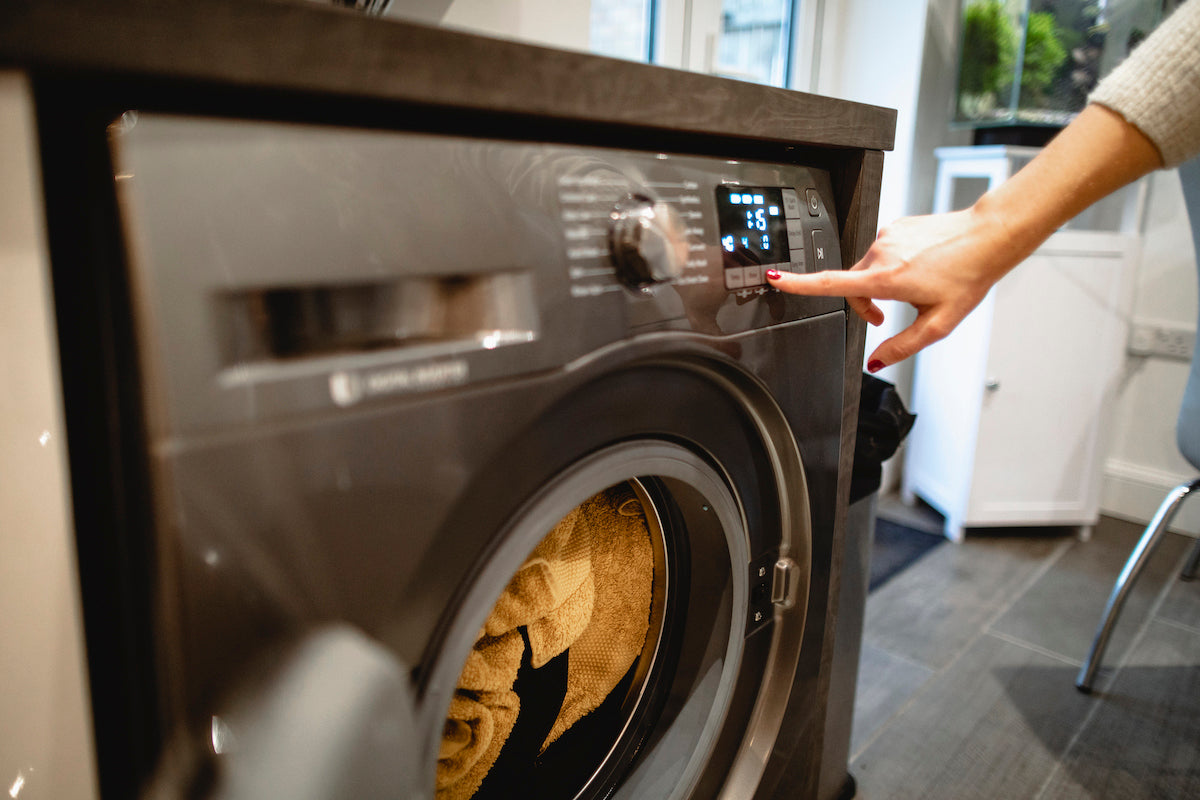Is your home ready for winter? Now’s an excellent time to think about making sure your family’s home is as snug and warm as possible. Making your energy budget work harder means making your home as energy efficient as possible. All of these energy saving ideas are relatively low cost and quick fixes, and some are as simple as flicking a switch.
It’s curtains for you
On warm, sunny days, open curtains and windows to let fresh air circulate and stop damp and condensation from building up. In the winter, conserve heat by drawing your curtains around 30 minutes before sundown. Curtains can be expensive, so if they’re out of this year’s budget, curtain banks like Community Energy Action take donated curtains, line and fit them to your windows at no cost. Also try Wellington’s Sustainability Trust, the South Auckland Curtain Bank and the Red Cross. These organisations rely on donations to help others, so if you have extra curtains or a financial contribution, either would be gratefully received.
Warm fuzzies for less
Good news – you don’t have to go without a lovely warm towel in winter. In fact, letting your bath towels dry between uses can reduce your laundry. It’s all in the timing. By installing a timer on your heated towel rail, you can set it to heat up just for a few hours when you need it, rather than leaving it on 24/7.
How low can you flow?
Here’s a quick test to let you know if your shower is using too much energy and water: place a 10-litre bucket under the showerhead, turn the tap on full and wait one minute. If the bucket overflows, your show is wasting water. Replacing your showerhead for one with a flow rate of 9 litres (or less) a minute will reduce your hot water use. Or install a shower flow restrictor valve (which costs less than $20). Reducing the flow by as little as 1 litre per minute could save a family of three around $80 per year, and conserve precious water too.
A lightbulb moment
Energy saving light bulbs such as LEDs use 85% less power and can last 15x longer than incandescent bulbs. As your old incandescent bulbs wear out, replace them with energy saving alternatives.
Stay out of hot water
Treehugger suggests that 90% of the energy used by your washing machine goes to heat the water. Wait until you've got a full load before washing, and wash clothes in cold water – using a laundry detergent that works well in cold water will ensure you still get great results. Try to dry clothes outside or in a car port whenever you can.
Switch off stand-by
Switch appliances like TVs and stereos off at the wall when not in use. Mobile and battery chargers left plugged are another culprit. An average charger still drains energy even when not connected to your phone. It isn’t much on its own, but if your home has 2-3 chargers plugged in all day, together, these energy vampires can suck up as much as 10% of your energy bill. Also consider switching off your computer completely overnight – the monitor uses more than half the system's energy.
The golden rule – keep it cool
Large appliances like your fridge can be huge energy wasters. First, check that it’s set at the right temperature: freezers should be 15°C to -18°C, and refrigerators should be 2°C to 4°C. Give cooked leftovers time to cool down before putting them in the fridge, and try to avoid opening the door too often, or leaving it open longer than you need to. If the back of your fridge has coils, give them a good dust each year. It’s a good idea to check your fridge’s door seals too. Put a piece of paper in the seal and close the door – a working seal will hold it firmly in place. And when the time comes to replace your fridge and freezer, look for the Energy Star label. The more stars, the more energy efficient and therefore cheaper to run.
For other practical energy saving tips, visit EECA (in New Zealand) or the Energy Efficiency Council (in Australia).
Read more

Maintaining the balance of creating and consuming is something that I know is beneficial to my mental wellbeing, but it’s not so easy to put into practice. In the last few weeks I’ve noticed that m...

This immune supportive one pot meal is really delicious and super easy to make. Don't be put off by the long list of ingredients, eating a wide variety of plant based foods and spices is essential ...






